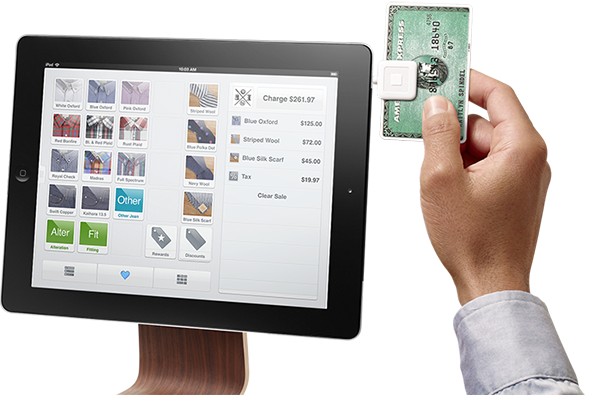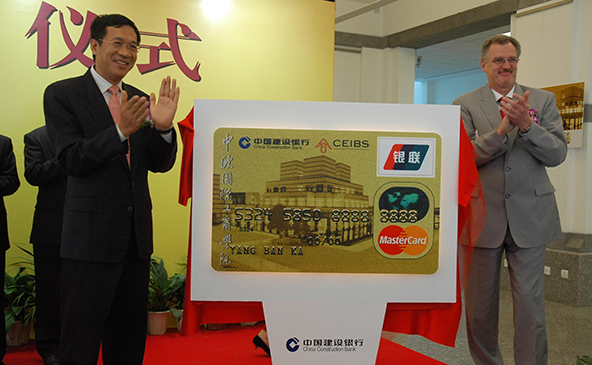Mobile Payments Start-up Square Drops Per-Transaction Fee

Square, the mobile payments company founded by Jack Dorsey, Twitter’s co-creator, has altered its pricing model in a way that clearly indicates that the fledgling industry is no longer in its infancy. The early entrants into the m-payments fray have now entered the next phase of the process — battle for market share.
The News: Square Drops Swiped Per-Transaction Fees
The pricing change at issue, which has caused quite a stir already, is the drop of the per-transaction fee from Square’s discount rate (the rate users are charged for each credit card payment they accept) for swiped transactions. Square used to charge 2.75% + $0.15 per swiped transaction. Now it only charges 2.75% of the transaction amount. The per-transaction fee still applies to key-entered payments, for which the discount rate is unchanged — 3.50% + $0.15 per transaction.
The Basics: Per-Transaction Fee Considerations
Square’s pricing change may seem quite insignificant to a non-industry observer, but it is not, far from it. If you are a payment processor devising a pricing model, there are a couple of things that you have to keep in mind when you set your per-transaction fee:
- The per-transaction amount of the interchange fee. The interchange fee is the rate that a card issuer charges the processing bank for transactions involving their cards. For the vast majority of the transactions, the per-transaction component of the interchange fee is set at $0.10. So if the processor charges less than $0.10 per transaction, they will be losing money.
- The weight of the per-transaction fee in the discount rate. As the per-transaction fee is a constant, its weight in the discount rate is determined by size of the transaction amount. The smaller the amount, the greater the weight of the per-transaction fee and vice versa. So for any given per-transaction fee level, the processor would be making more money from smaller transaction amounts.
So you can see that Square will be losing money from the per-transaction component of the interchange fee. Of course in most transactions that loss will be made up for by the revenues from the percentage portion of the interchange. Most, but not all transactions, which is why very, very few credit card processing companies would ever consider using such a pricing model.
The Math: Square Will Be Losing Money on Some Transactions
Square doesn’t get to keep the whole 2.75% transaction fee, either. For a regular Visa credit card Square’s cut is 1.21% and for a regular MasterCard credit card it is 1.16%. The start-up makes less on rewards cards, but more on check cards and we don’t know what its portfolio’s transaction make-up is. In any case, for regular credit cards, Square’s break-even threshold would be at about $8.50. In other words, the start-up would be making money from processing larger transaction amounts, but losing money on lower transaction amounts.
The Takeaway: The Mobile Payments Battle Heats Up
It is hard to view Square’s move as anything other than an attempt to put some distance between the start-up and its biggest competitors: Intuit and VeriFone. Both of these companies are well-established players in the merchant services industry and both of them recently tweaked their mobile payments offerings precisely to make them more competitive with Square.
Now Square’s response puts the start-up again well ahead of the competition, although it also puts a dent into the company’s revenues. Jack Dorsey and company clearly believe the trade-off is worth it. So far they’ve been right most of the time and I think they are doing the right thing again.
Image credit: Squareup.com.


